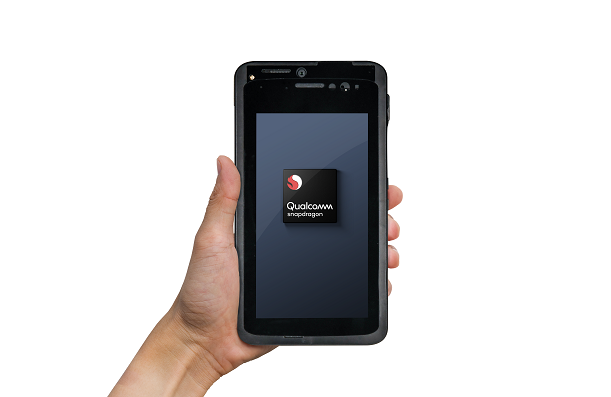Ericsson and Qualcomm have held a 5G New Radio call on a prototype smartphone in what was described as a breakthrough for mmWave development.
The call was made on the 39GHz band using Ericsson’s 5G New Radio and baseband products, as well as the handset equipped with Qualcomm’s Snapdragon X50 modem and RF subsystem at the vendor’s lab in Kista, Sweden.
Ericsson said the data call was the latest stage of its interoperability testing programme with Qualcomm that kicked off last year.
Fredrik Jejdling, Head of Business Area Networks at Ericsson, said: “Today’s data call milestone with Qualcomm Technologies shows the importance of building the 5G ecosystem.
“We’re also making headway on commercial 5G by performing interoperability tests on new mmWave bands, giving our customers wider deployment options and the consumers, faster speeds.”
[Read more: Ericsson boosts automation with CENX buy, launches new solutions]
Cristiano Amon, President, Qualcomm Incorporated, added: “Mobilizing mmWave for the smartphone has been seen by many as an impossible challenge, but this demonstration validates that we are on track to bring groundbreaking 5G mmWave experiences to consumers.
“This successful lab call is a testament to our continued innovation and collaboration with Ericsson, and we look forward to further industry-leading milestones with them as we progress to 5G commercialization of networks and mobile devices in early 2019.”
Meanwhile, Ericsson has contributed to a new wearables project aimed at increasing a device’s battery life fivefold.
The vendor worked with Sony Mobile, energy optimisation company Qoitech and Altair on the project, which is centred on a device for diabetes monitoring.
Marie Hogan, Head of Broadband and IoT RAN, Ericsson, said: “A large, global ecosystem of partners is key to cater for different customer needs in IoT.
“Furthermore, end-to-end capabilities based on standardised solutions are crucial to enable scalable, competitive and efficient IoT services.
“This second-generation e-health demo with significantly improved power efficiency enabling long battery life on low-power devices is really encouraging for the IoT market.
“It enables mass adoption of Massive IoT and paves the way for a wide range of industrial and consumer IoT applications.”


